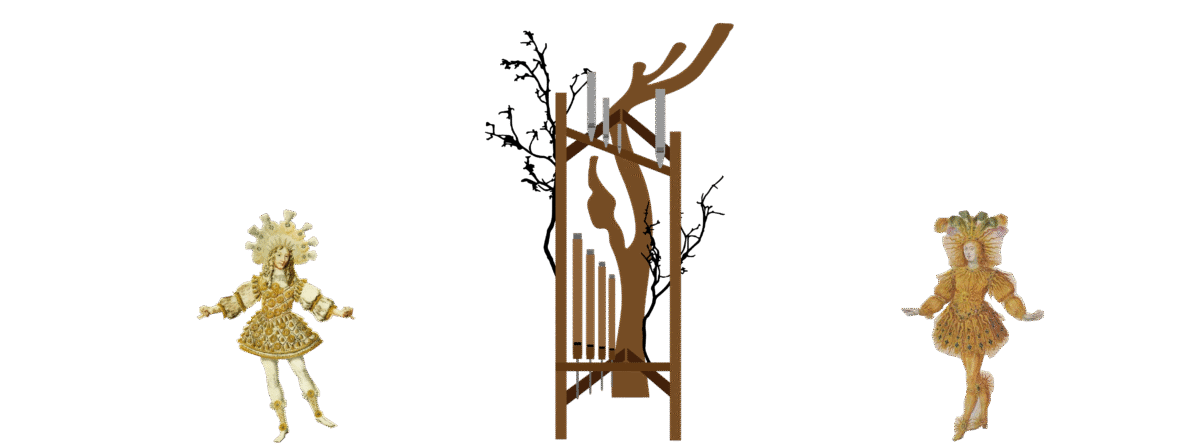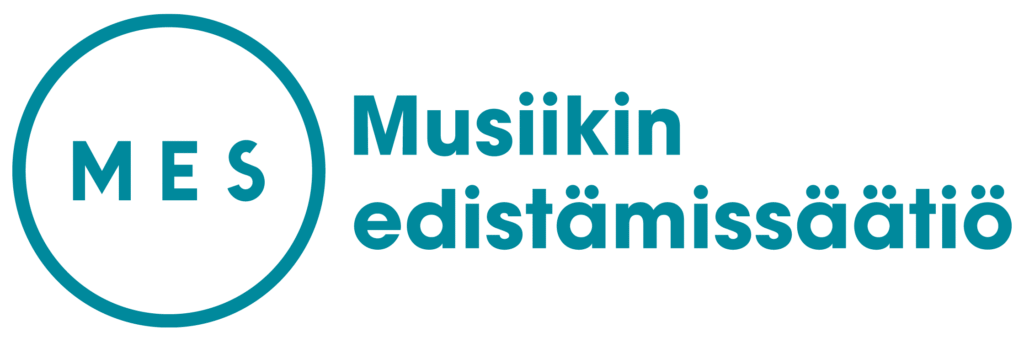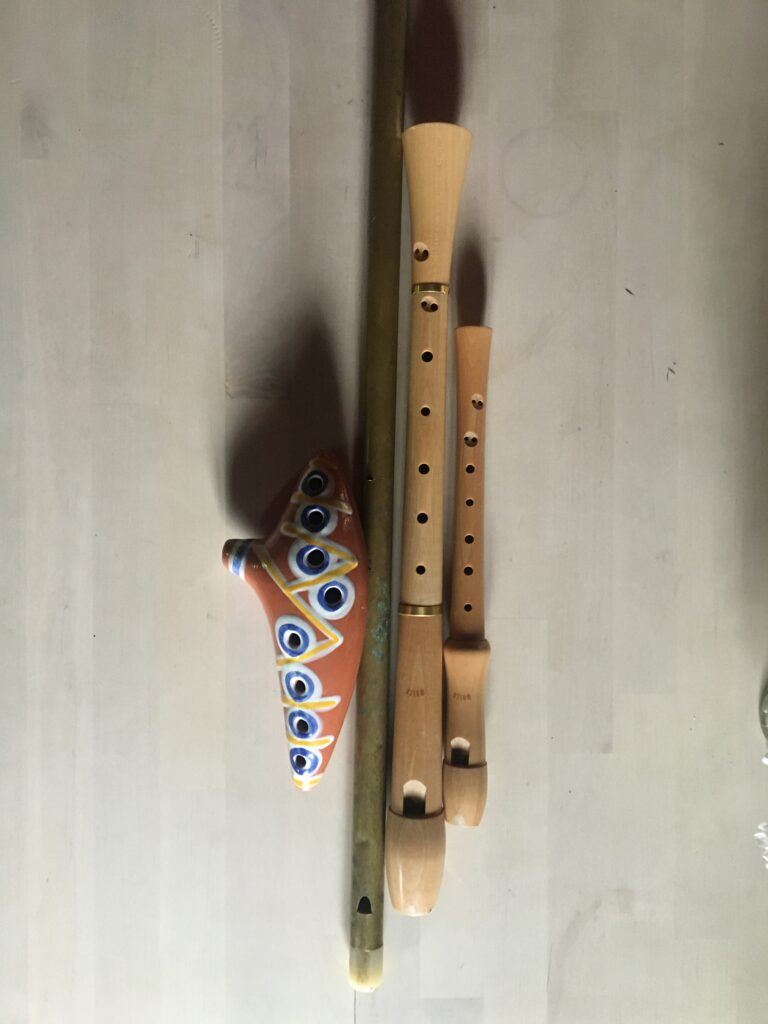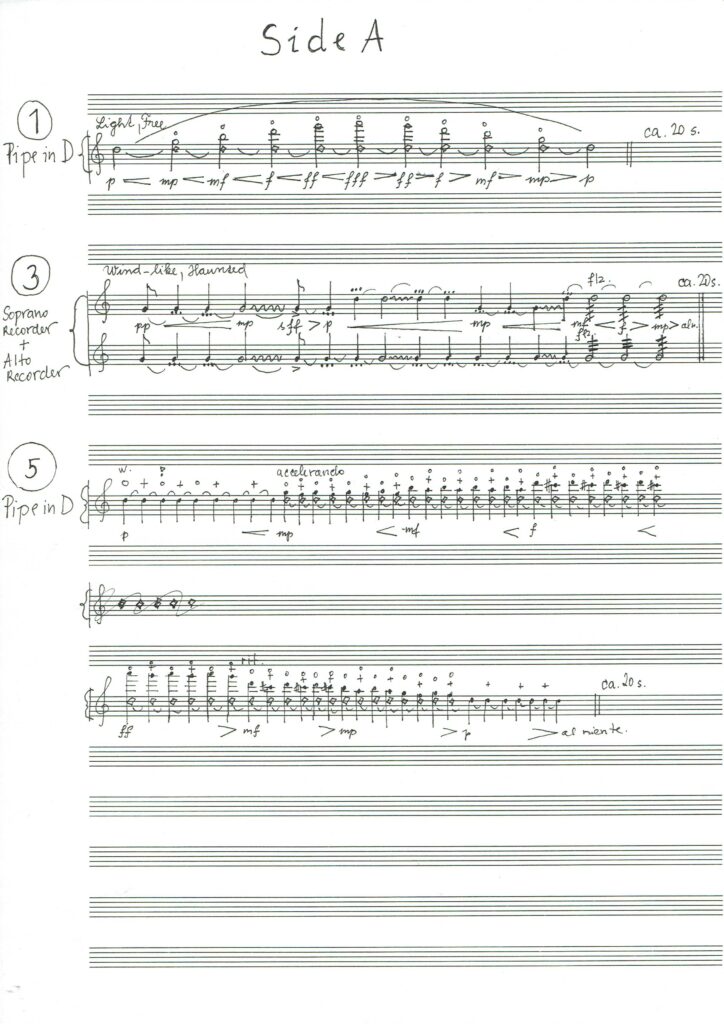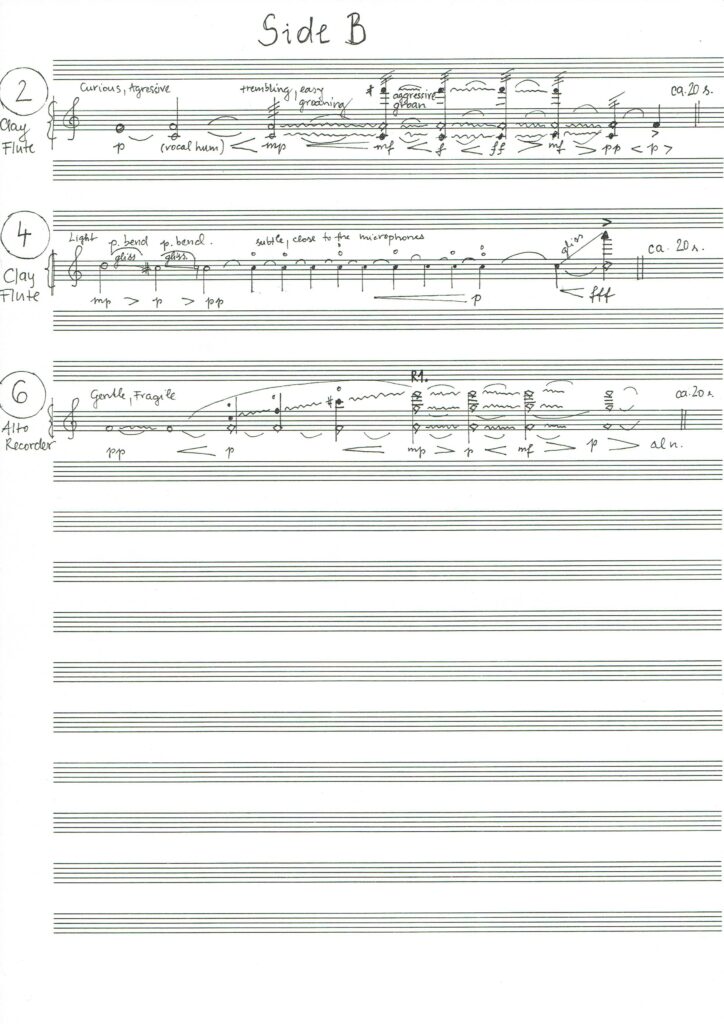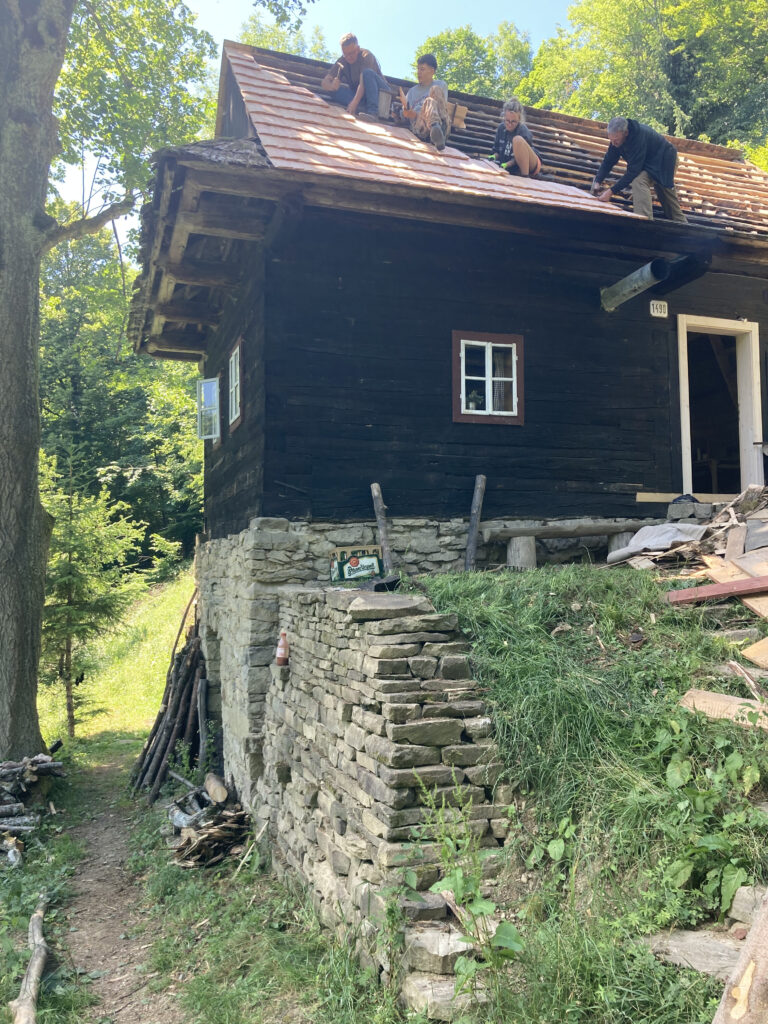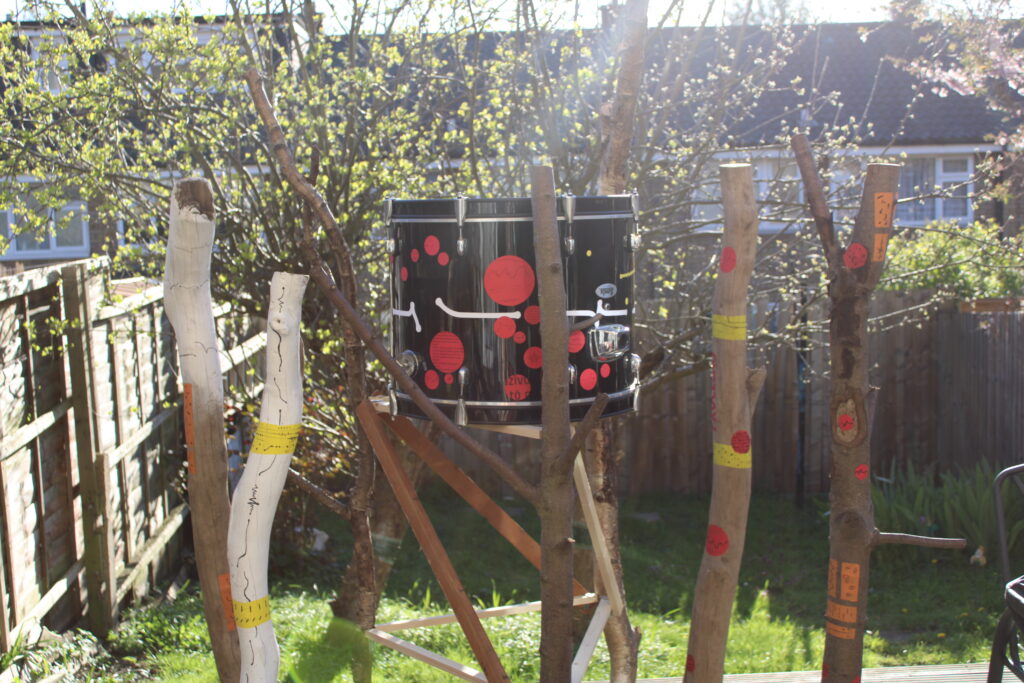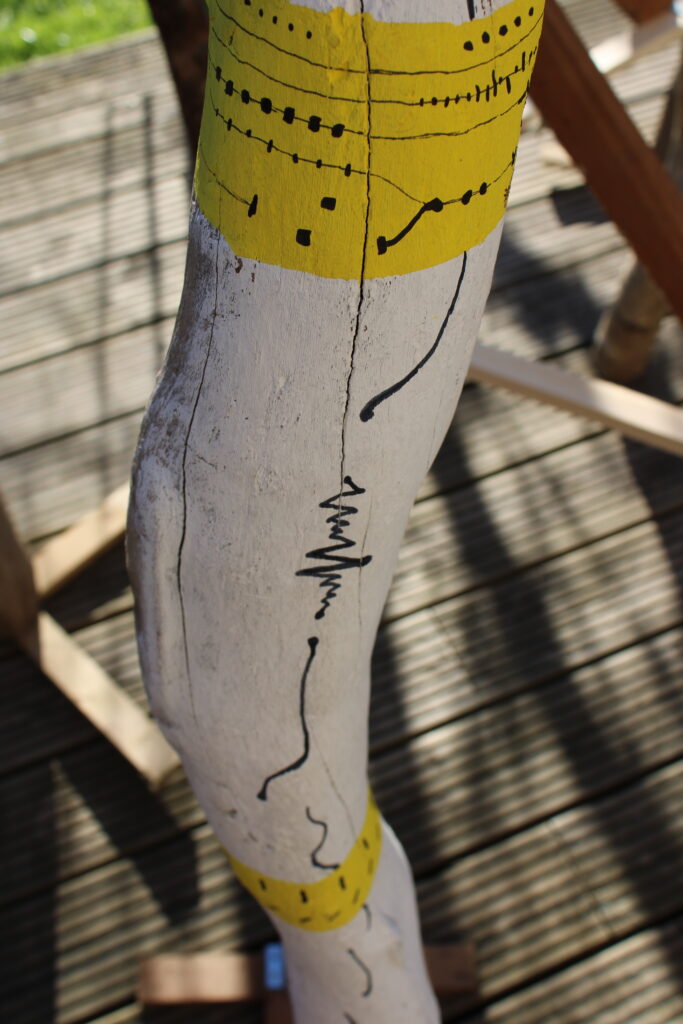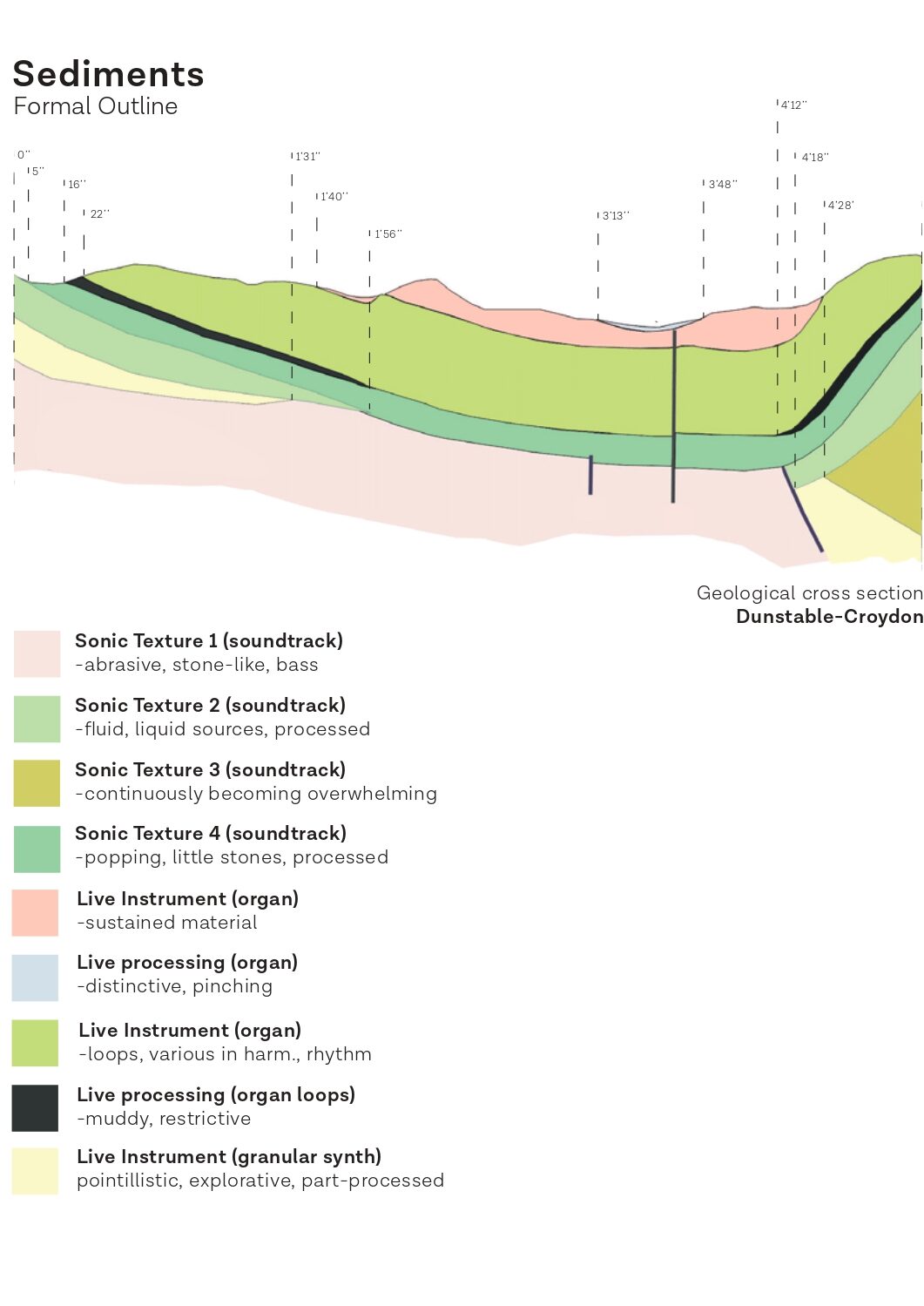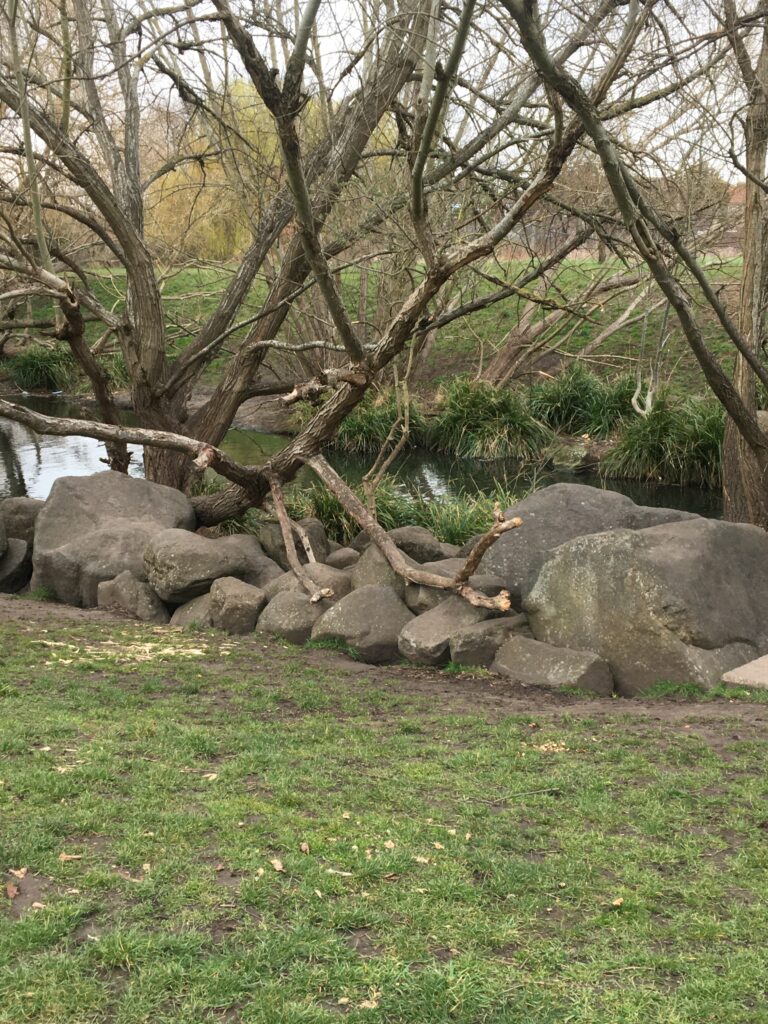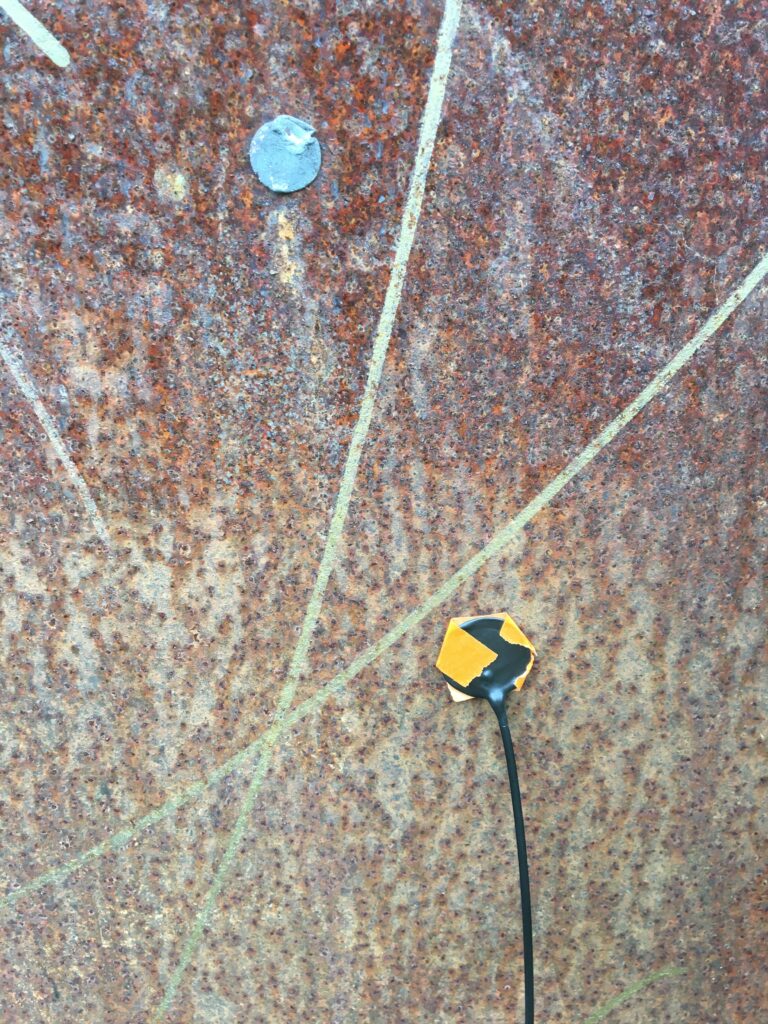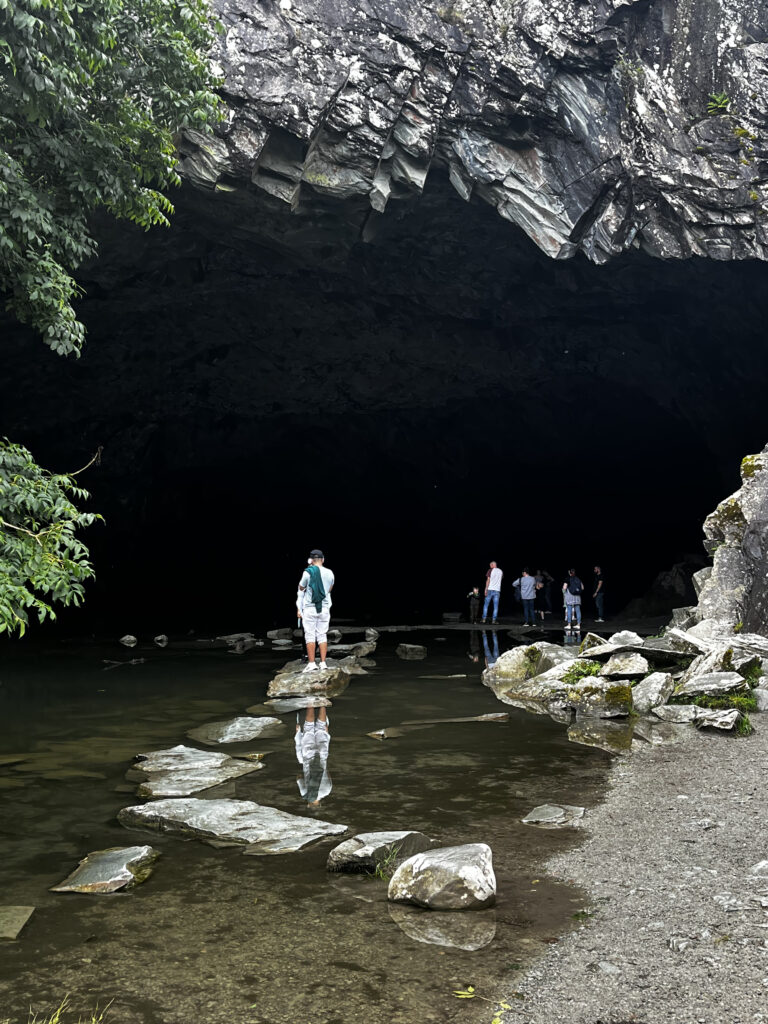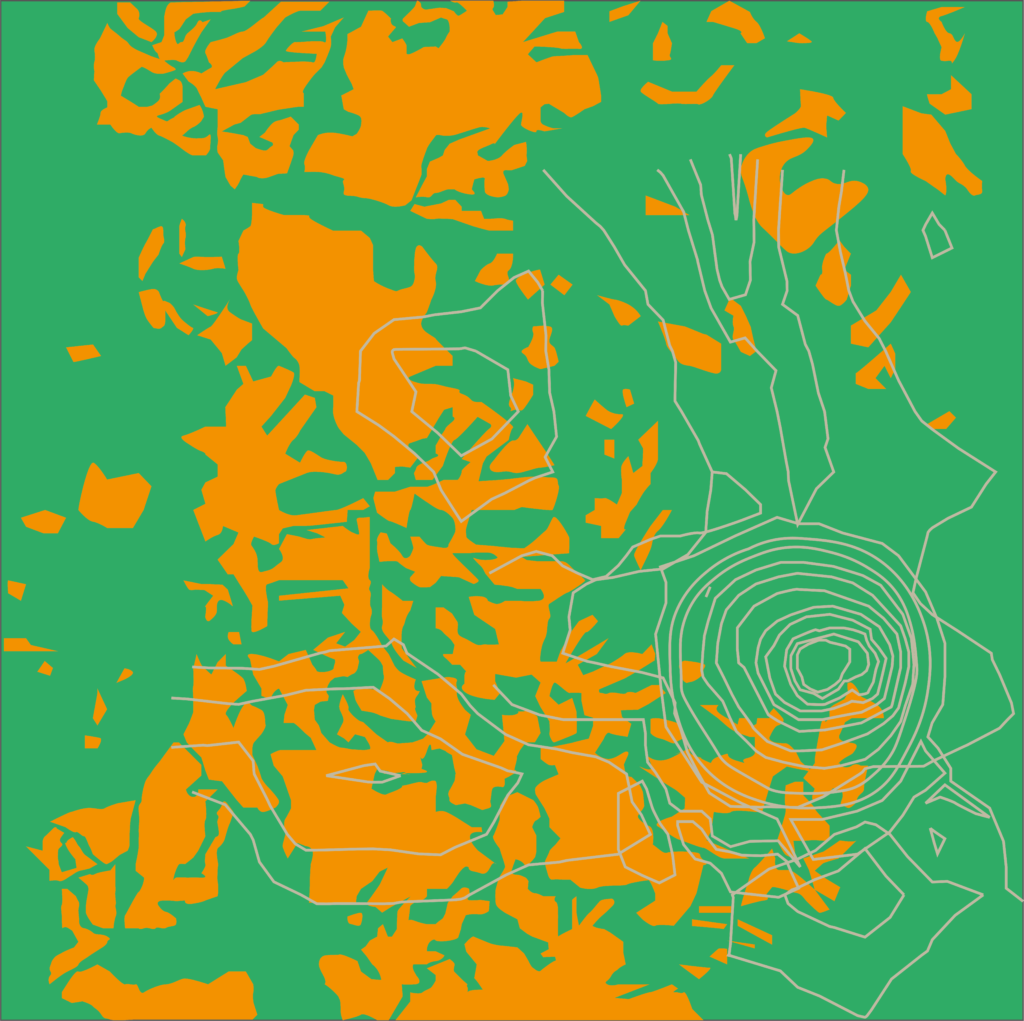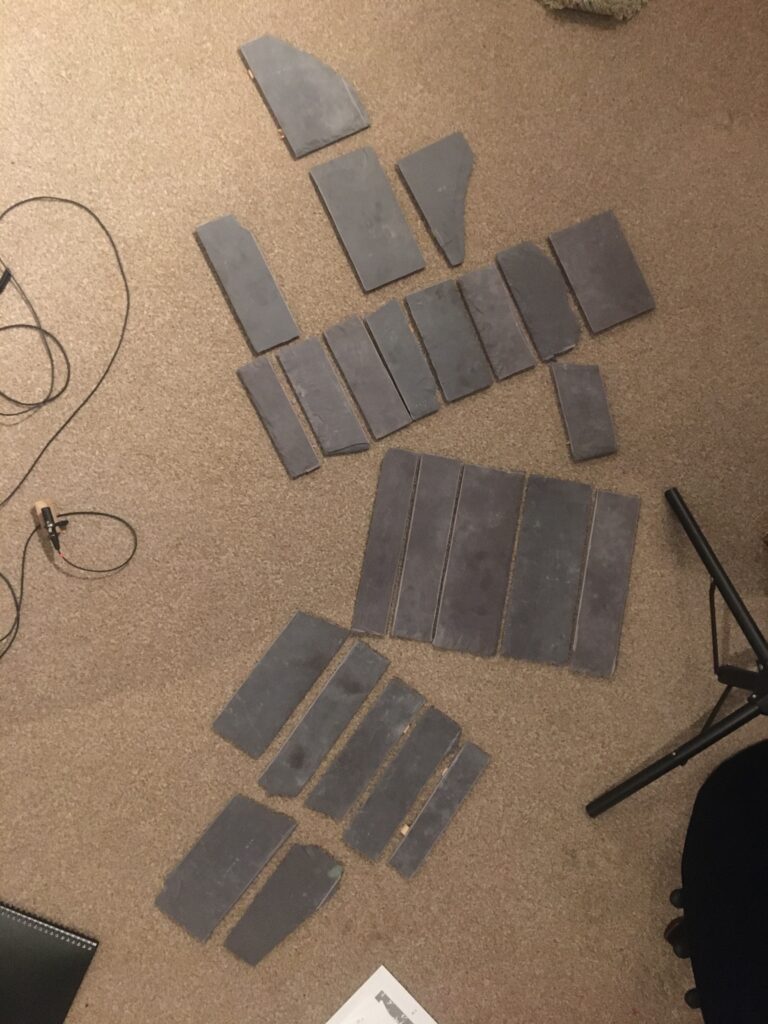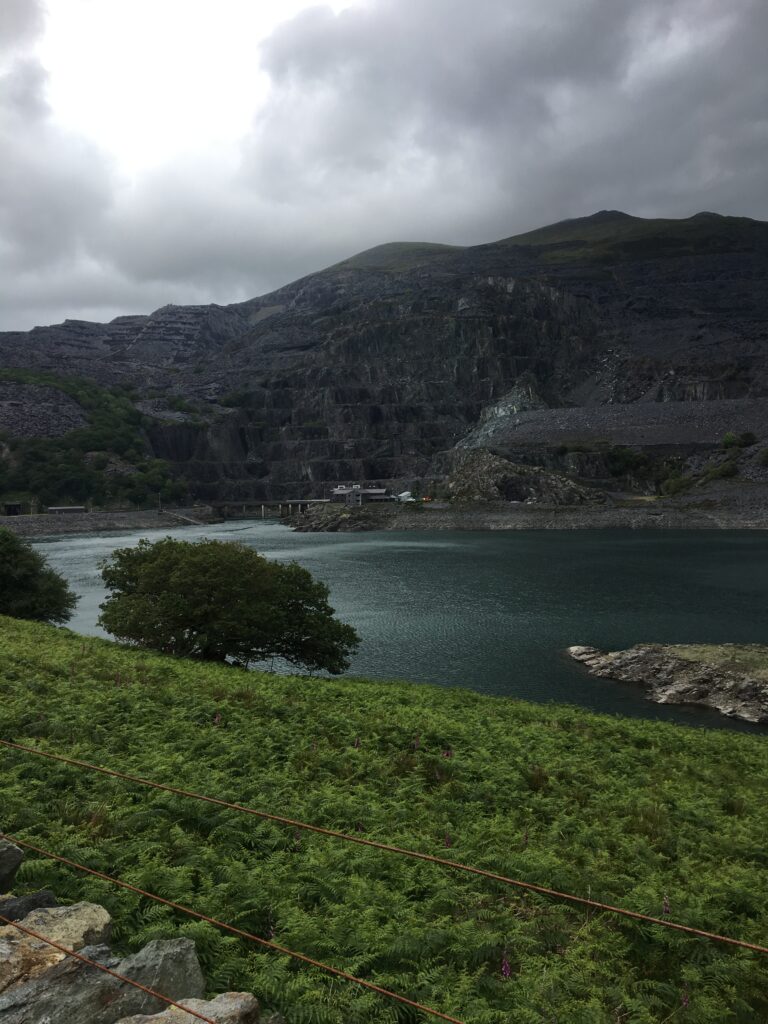suita utopica
dance suite (2021-22)
a baroque-inspired dance suite in 8 parts, for ensemble and contemporary dance
premiered on 9 June 2022, Blackheath Halls, London

about
according to 1728 Portuguese dictionary, the term barroco was used to describe a flawed, uneven pearl
some sources suggest that baroco means anything that seems absurdly complex, uselessly complicated or bizzare
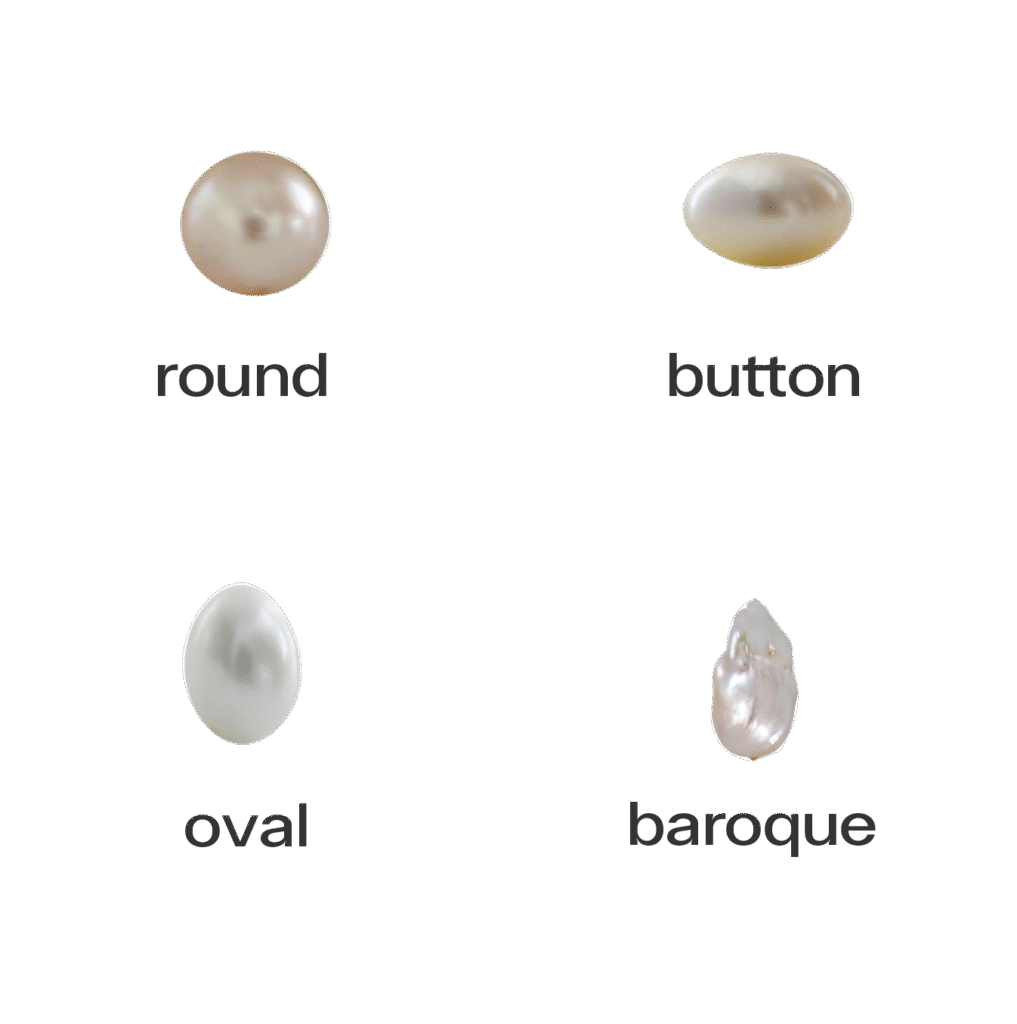

a theme constantly present during baroque era was the theme of dualism- the battle between freedom and strictness, extravagance and control.
the churches and aristocracy needed to control the peasants and focused on a narrative that suggested a polarised afterlife, heaven or hell.
hypocritically, all the extravagance and freedom of thought took place at the courts of the wealthy, or commissioned by the churches
ballets, operas and balls with especially written music had one thing in common- excess. Having seen correlations between now and then, I decided to explore some of these ideas in a new work fusing music, contemporary dance, and installation
developed in collaboration with choreographer Sunniva Moen Rørvik and dancers Hannah George, Catriona O’Connor, Ruby De Ville Morel and Charlotte Lucia Voskar
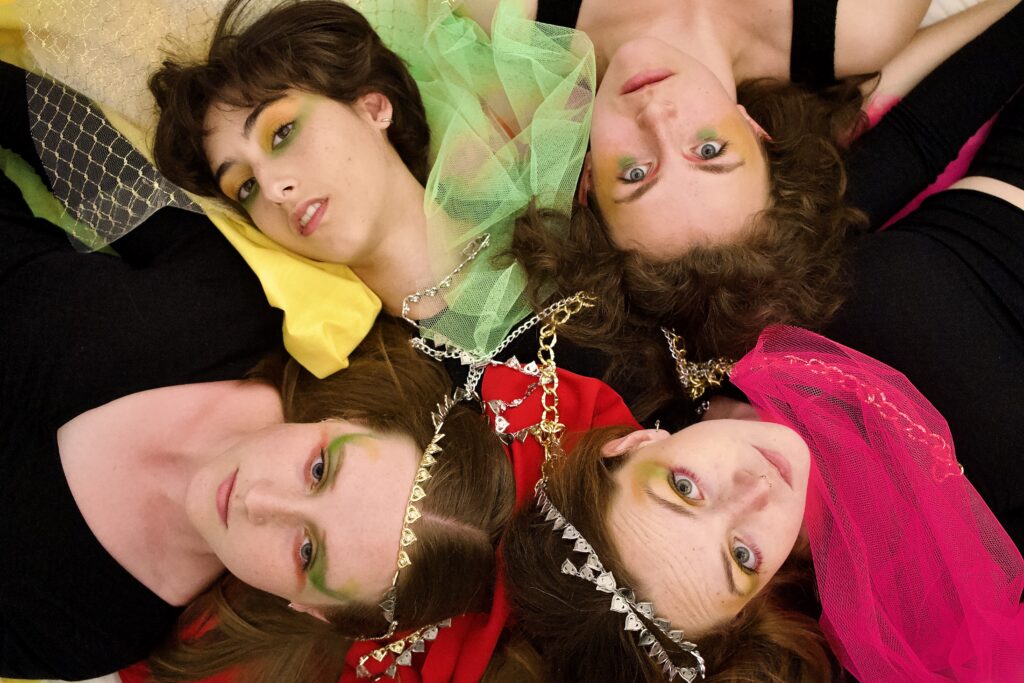
conducted by Rebecca Galian Castello
choreography Sunniva Moen Rørvik
dance
Hannah George
Catriona O’Connor
Ruby De Ville Morel
Charlotte Lucia Voskar
ensemble
Rachel Messiter | oboe, oboe d’amore
Alex Lyon | clarinet in bb, bass cl
Ján Števuliak | shawm, pipes
Nivanthi Karunaratne | horn in F, natural horn
Max Higdon | bugle
Milligan Power | percussion
Konstantinos Damianakis | electronics
Cèlia Margalef Boquera | harpsichord, piano
Carolina Cury | piano, voice
Andrew Liddel | violin
Joy Martina Peter | viola
Rebecca Burden | cello
costume design | Ján Števuliak and Sunniva Moen Rørvik
set design | Ján Števuliak
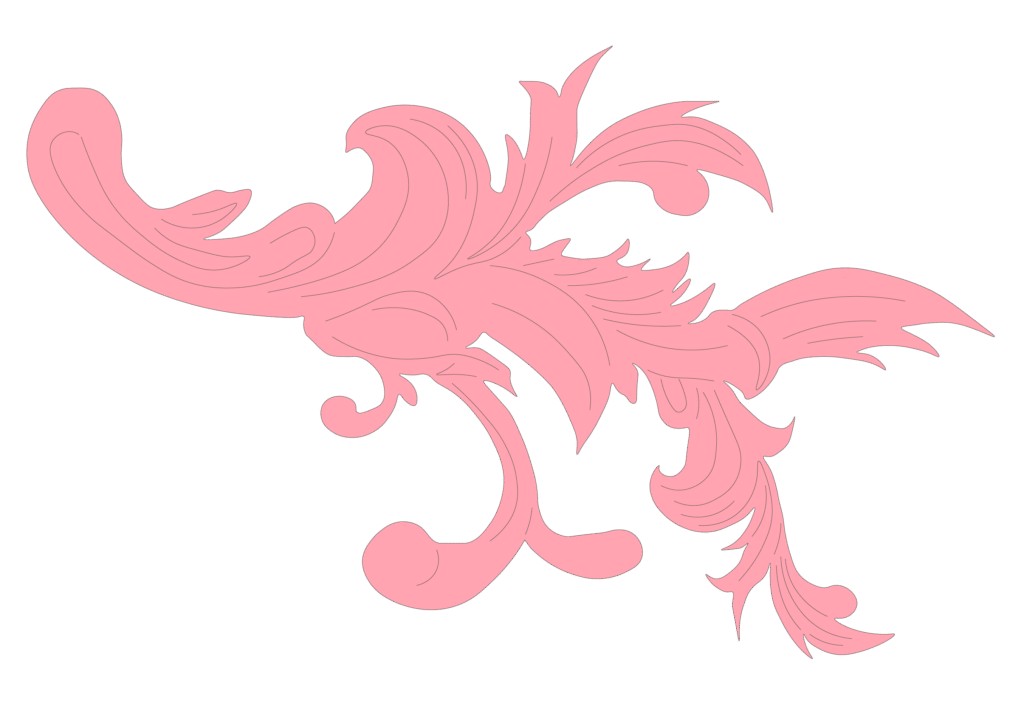
numbers
- overture
- catwalk
- aria fritta
- interlude
- danse macabre
- gather the sleeping to their rest
- pendulum
- le grande marche
